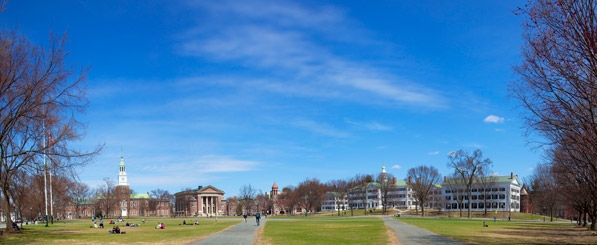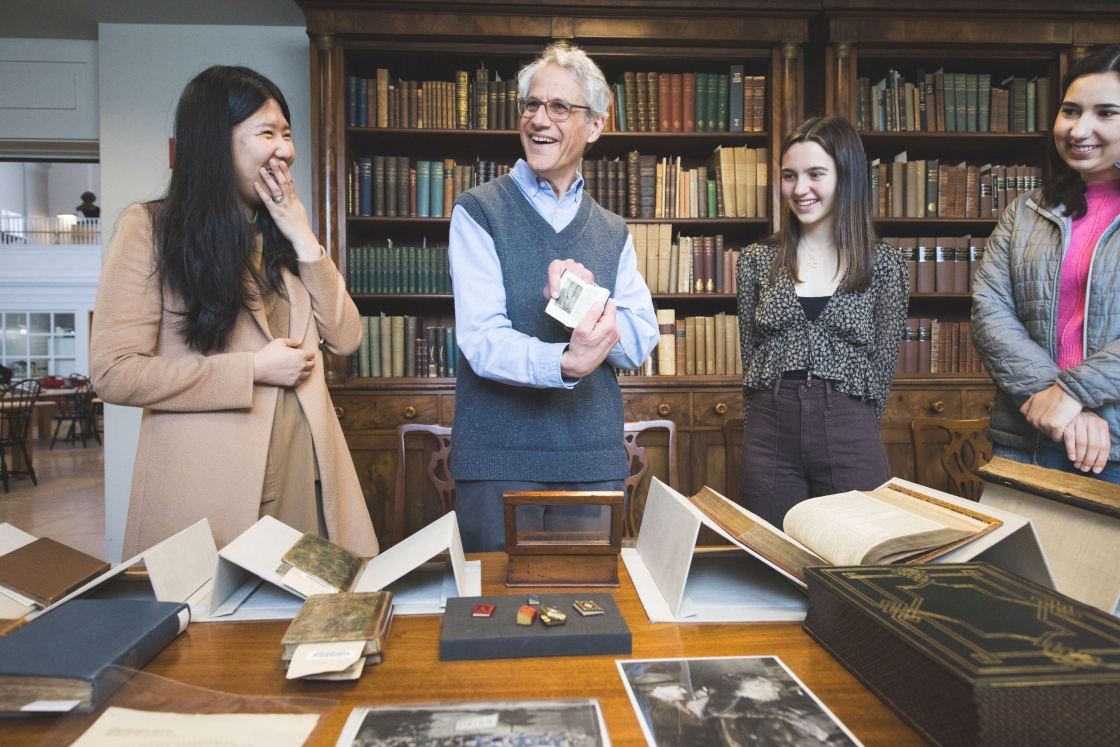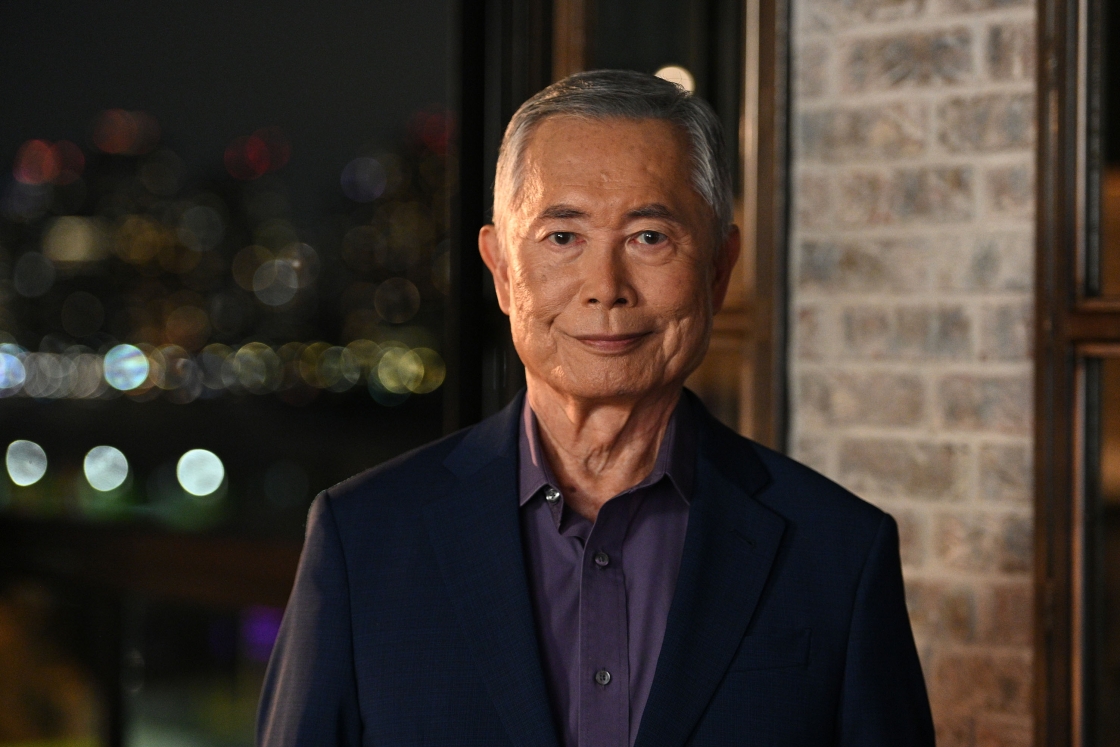Ten projects have won internal funding in the second year of a program designed to launch new scholarship, research, and creativity at Dartmouth.

The seed funding initiative is designed to support the first steps in exploratory and potentially high-impact projects. (Photo by Joseph Mehling ’69)
More than 50 proposals were submitted from approximately 100 faculty members, many working in interdisciplinary teams, for the seed funding program, says Martin Wybourne, the Francis and Mildred Sears Professor of Physics and senior vice provost for research, who last year instituted the effort, which is run by the Office of the Provost.
“Through this program faculty have an opportunity to take risks and explore new directions in their work and to collaborate with scholars from different disciplines on new areas of inquiry,” he says. “The breadth and quality of proposals received this year was exceptionally high.”
The seed funding initiative is designed to support the first steps in exploratory and potentially high-impact projects; cross-disciplinary collaborations to support new initiatives that address complex societal questions and grand challenge problems; and work in the arts, humanities, and social sciences that advances a field of study or a faculty member’s own scholarly and artistic development. An anonymous gift targeted for “high-risk, high-reward” work enabled funding additional projects that pursue less conventional approaches and untested ideas that have the potential for transformational impact.
Wybourne said this encouraged faculty to propose very ambitious, potentially high-reward projects this year that traditional funding sources might not support.
“Selecting from the many strong proposals was challenging, but we tried to identify creative proposals that advance ideas and research in a variety of areas,” says Denise Anthony, vice provost for academic initiatives.
Funded proposals are for one- and two-year projects ranging from work on an opera involving inanimate objects to discovering how ideas spread from brain to brain across a network to spintronic systems for advanced storage technology.
“This program speaks to the importance Dartmouth places on innovation and giving faculty the opportunity to explore how their research can take them down a new avenue of inquiry,” says Provost Carolyn Dever. “It’s exciting to contemplate the new works of art, scholarship, and scientific discovery that may result from this program.”
Wybourne and Anthony, along with Roger Sloboda, the Ira Allen Eastman Professor of Biological Sciences, and Colleen Glenney Boggs, professor of English and the director of the Leslie Center for the Humanities, oversaw the review process, which had input from 20 Dartmouth faculty who served as anonymous reviewers and subject-matter experts.
“It was interesting to me to learn via these proposals what my colleagues outside the sciences are studying. I found reading the proposals fascinating,” says Sloboda. He added that the seed funding program indicates the importance the College places on intellectual accomplishment and faculty research. “This will enhance our colleagues’ research activities and provide opportunities for students—undergrad, graduate, and postdoctoral—to become involved in their work.”
Boggs says reading the proposals “was exhilarating and challenging, challenging because we had to choose from a deep list of excellent proposals, exhilarating because these projects amply reflect the scholarly innovation, intellectual rigor, and academic talent that define our institution.”
In total, nearly $450,000 was awarded in this round. The projects selected to begin this summer are:
HealthMatters: Mobile Phone and Location-Based Systems Promoting Resilience and Healthy Lifestyles
Andrew Campbell and Lorie Loeb, Arts and Sciences, Computer Science; Geisel’s Sarah Lord, Psychiatry, and Elizabeth Carpenter‐Song, Community and Family Medicine
Aligning with elements of the Moving Dartmouth Forward plan, this project would develop and evaluate mobile-phone and location-based systems for interactive media to promote resilience and healthy lifestyles among college students. The project will provide a resource for Dartmouth students and provide the foundation for future funding opportunities to evaluate the interactive health-promotion model in larger research studies at Dartmouth and other institutions.
Computational Analysis of Intertextuality in Classical Literature
Pramit Chaudhuri, Arts and Sciences, Classics
The project will develop computational tools that enable researchers to trace new connections between literary texts in Latin, Greek, and other languages, and to do so with much greater efficiency than traditional methods. The research groups include faculty and students at Dartmouth, Harvard, and Cambridge specializing in classics, systems biology, and machine learning.
Magnetic Nanoparticle Tags for Remotely Interfacing with Neuronal Circuits
Solomon Diamond, Thayer, Engineering, and Michael Hoppa, Arts and Sciences, Biology
The neural code largely remains a mystery and scientists lack a clear understanding of how cognitive processes relate to neural activity. This interdisciplinary team will pursue development of a novel method to noninvasively record and interrupt neural circuits in live brains using magnetic nanoparticles.
7 Stages: An Electroacoustic Object Opera
Ashley Fure, Arts and Sciences, Music
Development of a series of kinetic sound art objects featured in a multi-disciplinary performance titled 7 Stages. The funding covers design and fabrication of Arduino-controlled mechanisms that make a cast of “object characters” transform throughout the performance. Fure, who begins work at Dartmouth on July 1, is the composer of the opera, which explores the hidden lives of objects devoid of human gaze.
Manufactured Desire: Industrial Exhibitions in 19th Century France
Katie Hornstein, Arts and Sciences, Art History
Hornstein does research on the visual representation of industrial goods in 19th-century France and the exhibitionary contexts that informed their display and eventual circulation as objects of material desire, as well as investigating the ways in which these forms of display and commerce opened up opportunities for French audiences to forge relationships with an emergent object world of industrial goods.
Smart Cameras Meet Smart Rocks: Quantifying Stream Channel Responses to Natural and Human-Induced Disturbances
Frank Magilligan, Arts and Sciences, Geography
The project will use high-resolution geospatial photogrammetry with radio-tagged cobbles to quantify sediment transport rates occurring at the grain scale, and the processes of sediment storage/sequestration occurring at the macroscale. Results from this pilot can be extended to other environments, different stressors, and across an array of geomorphic processes.
Theory of the Middlebrow: Market Technologies, Media Networks and their Discontents
Andrew McCann, Arts and Sciences, English
This project is an evaluation of the cultural and political role of structures that embody the new literary middlebrow, such as the Book of the Month Club, contemporary book clubs and the forms of sociability they make possible, the integration of literary discussion into television formats, and the migration of these formats into the digital commons.
Magnetic Resonance Characterization of Hyperfine Interactions in Graphene: Toward Coherent Graphene Spintronics
Chandrasekhar Ramanathan, Arts and Sciences, Physics
Spintronics devices use the spin of an electron rather than its charge to physically encode a unit of information and offer the possibility of much lower energy consumption as well as higher packing densities, and have enabled revolutionary advances in solid-state storage technologies. This research would explore the possibility of using hyperfine interactions in graphene for coherent spintronics applications.
Urban Multiethnic Neighborhood Stability and Health
Emily Walton, Arts and Sciences, Sociology
A study to understand the social and structural factors affecting residents’ interracial and interethnic relationships in stable, multiethnic neighborhoods and to understand the factors affecting the ability of individuals from different racial and ethnic backgrounds to come together as a cohesive community.
The Spread of Ideas from Brain to Network
Thalia Wheatley, Arts and Sciences, Psychological and Brain Sciences and Adam Kleinbaum, Tuck School of Business, Business Administration
An interdisciplinary venture combining cognitive neuroscience expertise in psychological and brain sciences with quantitative social science knowledge at Tuck to discover how ideas spread from brain to brain across a network.

